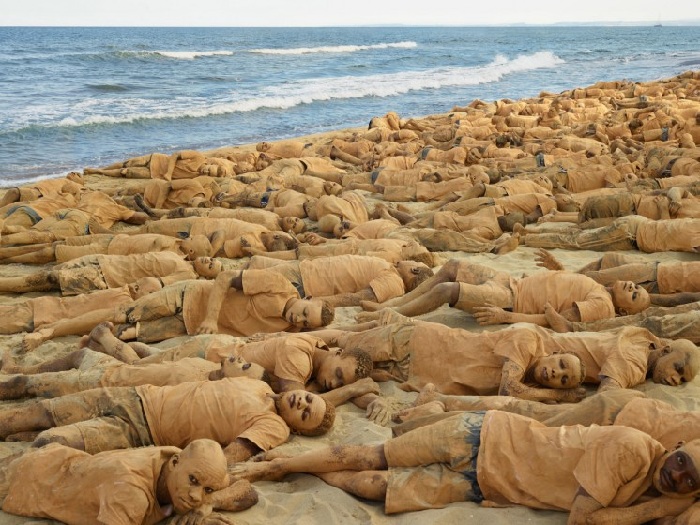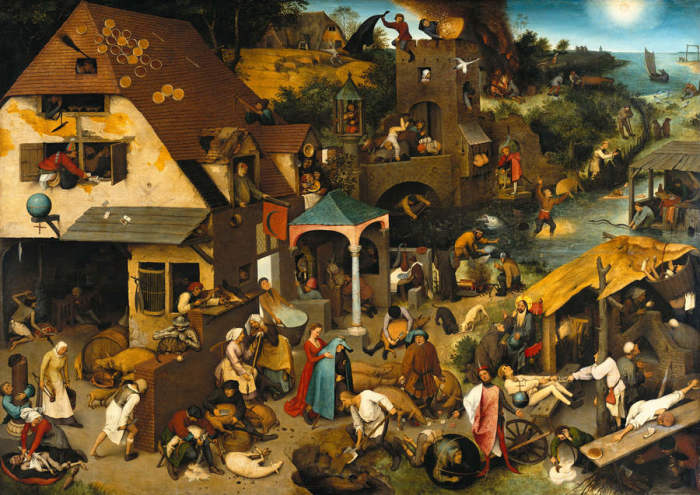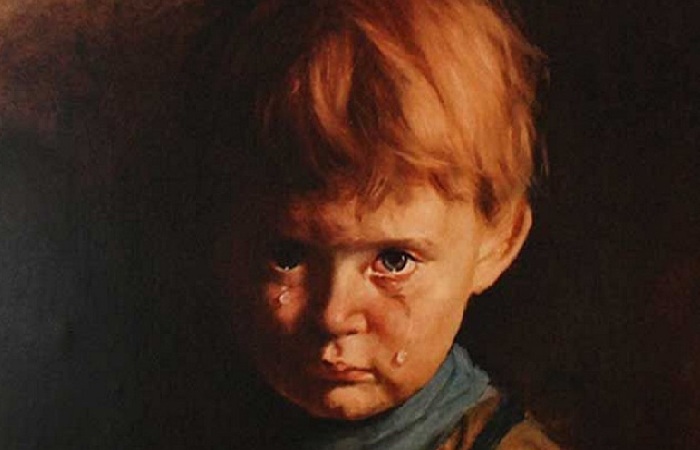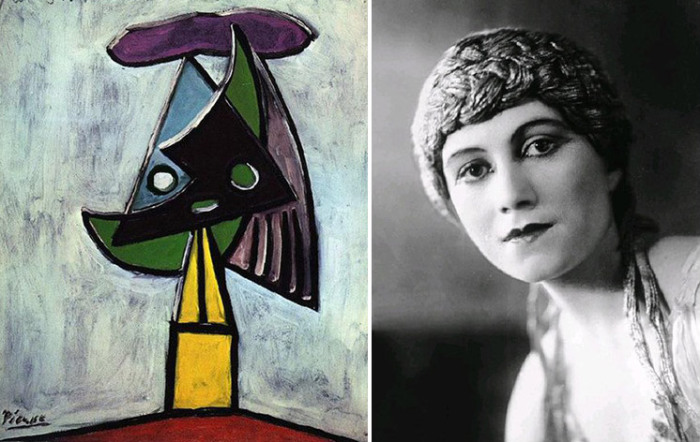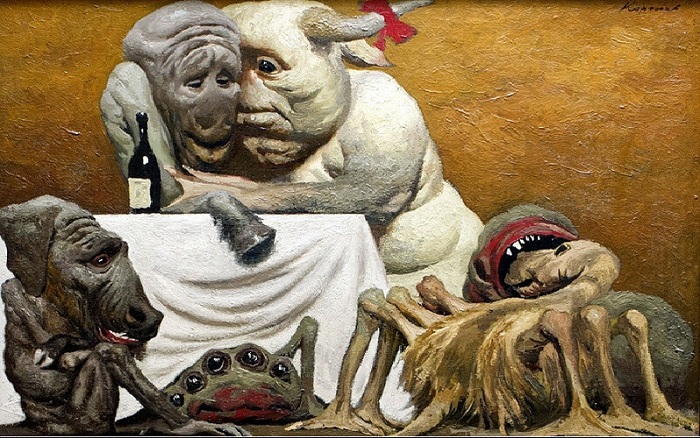country under
Sentimental paintings about the village children of Frederick Morgan
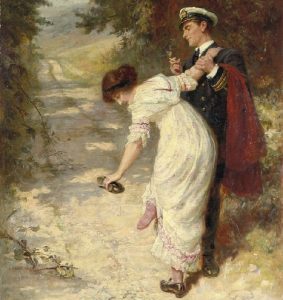 Today, lovers of sentimental painting are given the opportunity to get acquainted with the magnificent gallery of genre paintings by the English artist Frederick Morgan, who worked at the turn of the last two centuries and created a number of paintings dedicated to rural children.
Today, lovers of sentimental painting are given the opportunity to get acquainted with the magnificent gallery of genre paintings by the English artist Frederick Morgan, who worked at the turn of the last two centuries and created a number of paintings dedicated to rural children.
The theme of children in the 18th century was very winning. These paintings diverged from the collections of wealthy art lovers with enviable speed. How could you not admire the images of cute angels: blue eyes, a sugar smile, sincerity, the desire to imitate adults in everything. And the fact that the plot canvases depicting the children of an English painter were very popular during his lifetime was quite natural.
Frederick Morgan was born in London in 1847. His father John Morgan was also an artist. At one time he graduated from the school of design, and later becoming a member of the Society of British Artists, he painted paintings on historical and biblical themes. Continue reading
Secret meanings of Brueghel’s visual “Flemish proverbs: Reflection of the essence of man and being
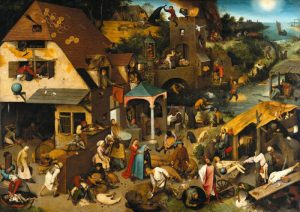 Northern Renaissance Master Brueghel the Elder is a Dutch Renaissance artist and engraver known for landscapes and peasant scenes. He was sometimes called the “peasant Brueghel.” He portrayed his incredible Dutch proverbs more than 450 years ago. This painting, also known as “The World Upside Down,” is a detailed masterpiece visually representing more than 100 Dutch proverbs.
Northern Renaissance Master Brueghel the Elder is a Dutch Renaissance artist and engraver known for landscapes and peasant scenes. He was sometimes called the “peasant Brueghel.” He portrayed his incredible Dutch proverbs more than 450 years ago. This painting, also known as “The World Upside Down,” is a detailed masterpiece visually representing more than 100 Dutch proverbs.
The plot of the picture
The canvas of the XVI century, painted in oil on oak and measuring 64 by 46 inches, is spelled out with many miniature men, women, children and animals who perform a number of unusual and bizarre actions in their village. Individual scenes are played side by side, without direct dependence on each other. The background for all this diverse activity consists of a rural house, dilapidated huts, a stone bridge with columns and a tower, a village square in the center and a manor among corn fields. In the distance, the open sea shining in the sun is visible. The old name of the painting “The World Upside Down” comes from the globe, standing on a symbolic head. This is intended to illustrate that people are in a world in which everything is not as it should be. Continue reading
